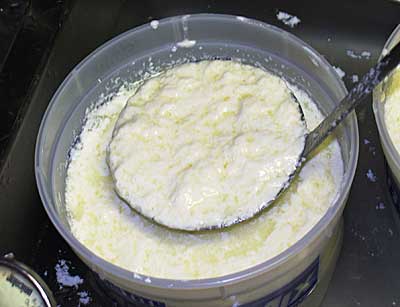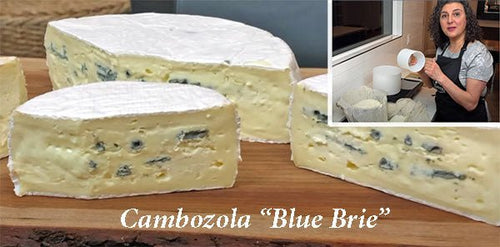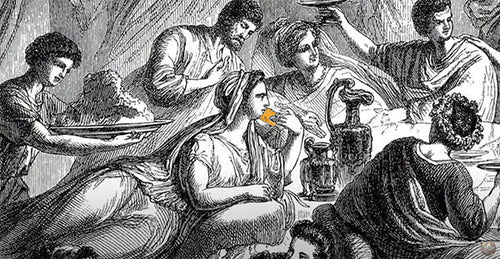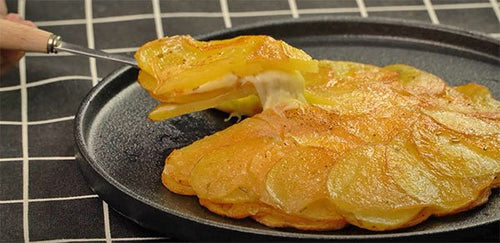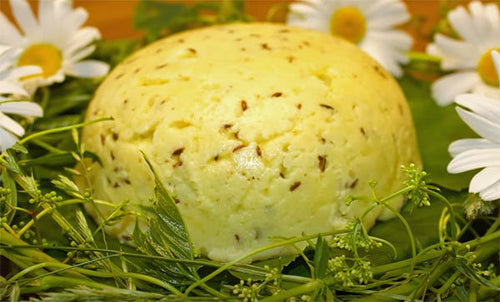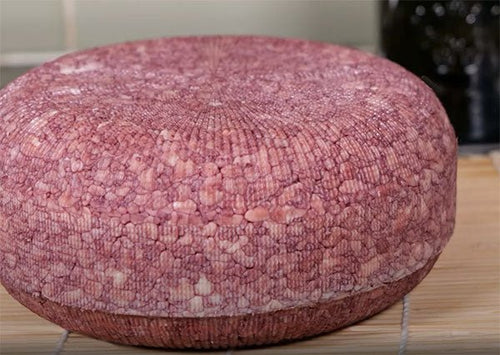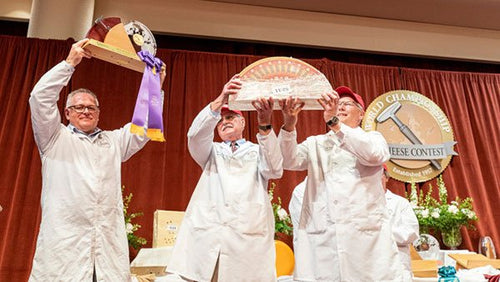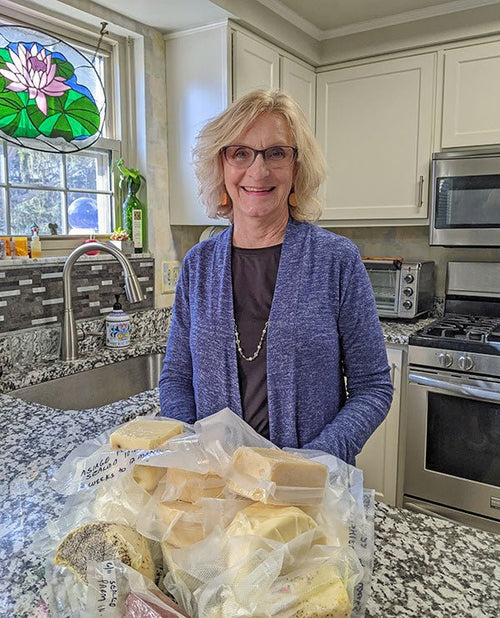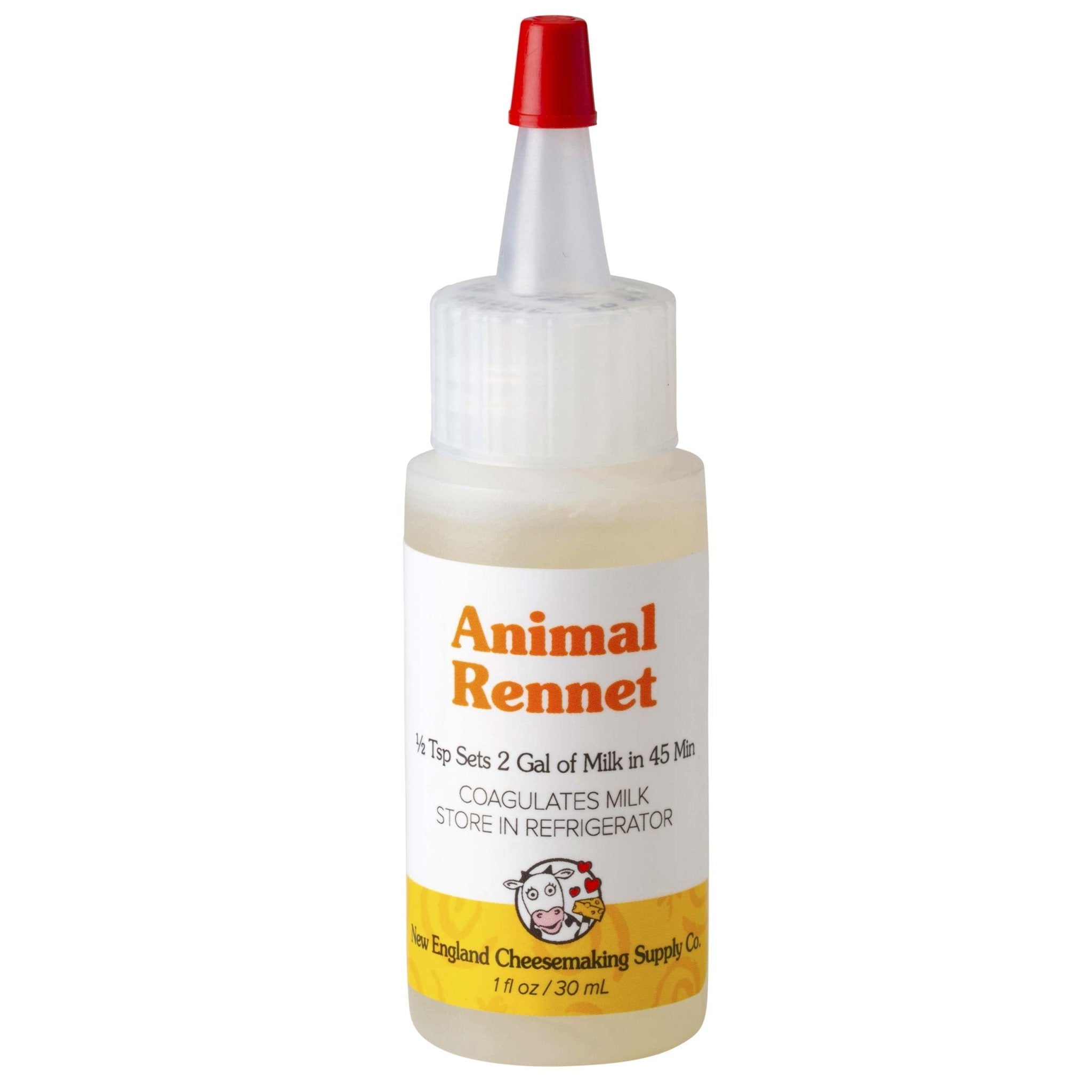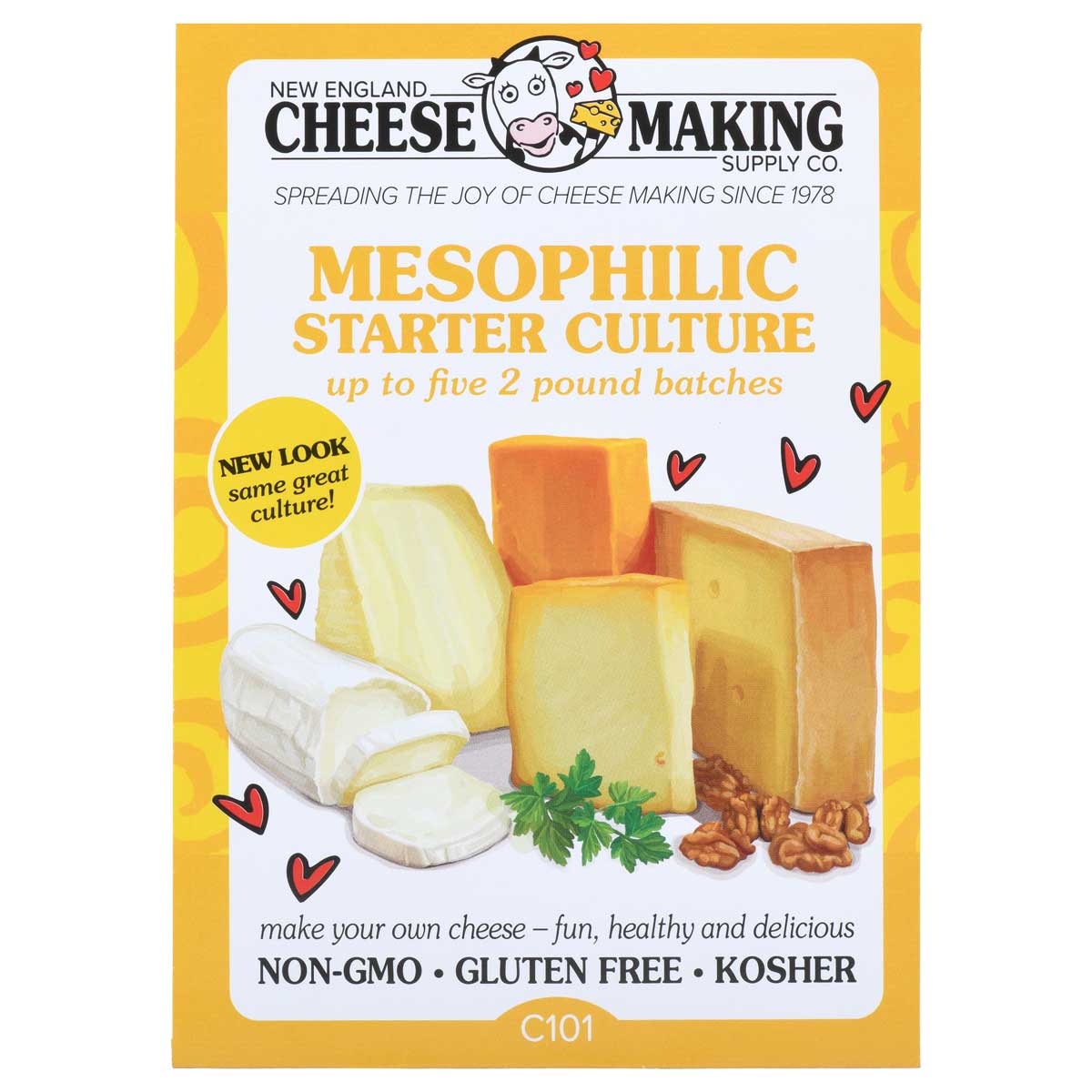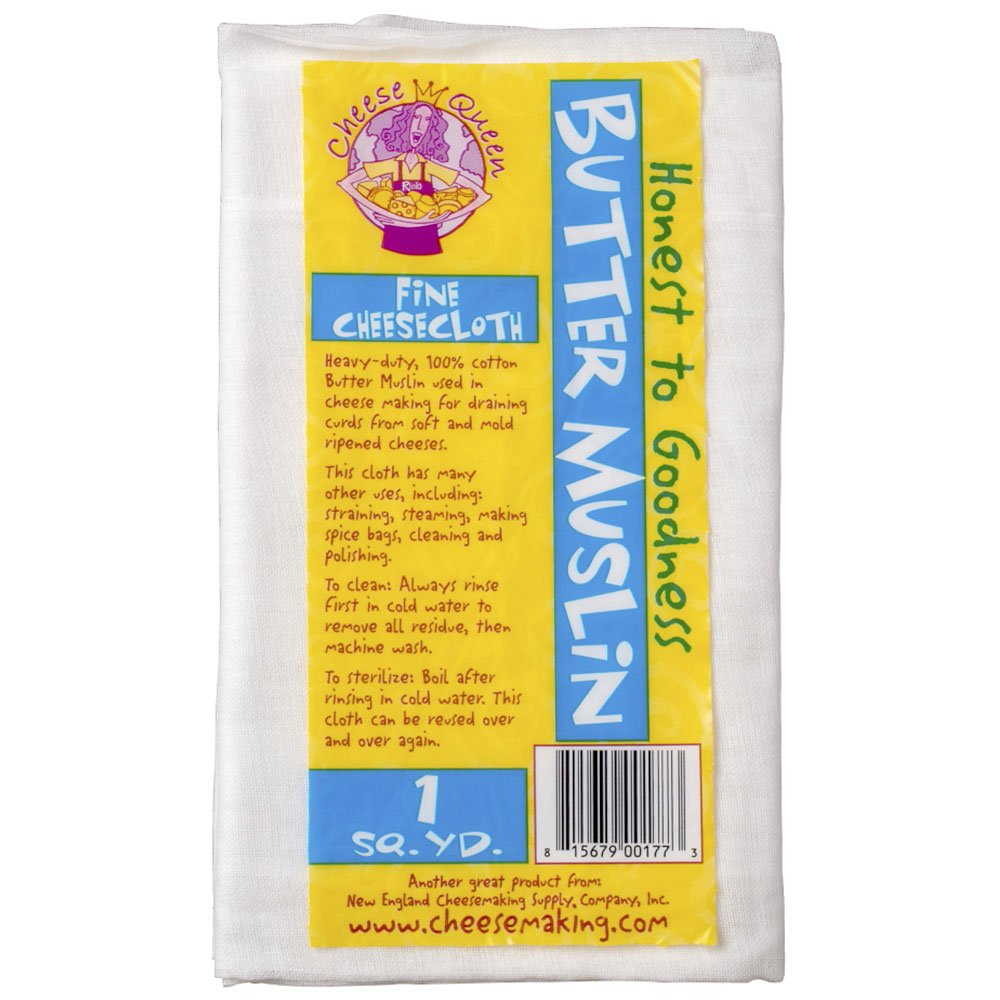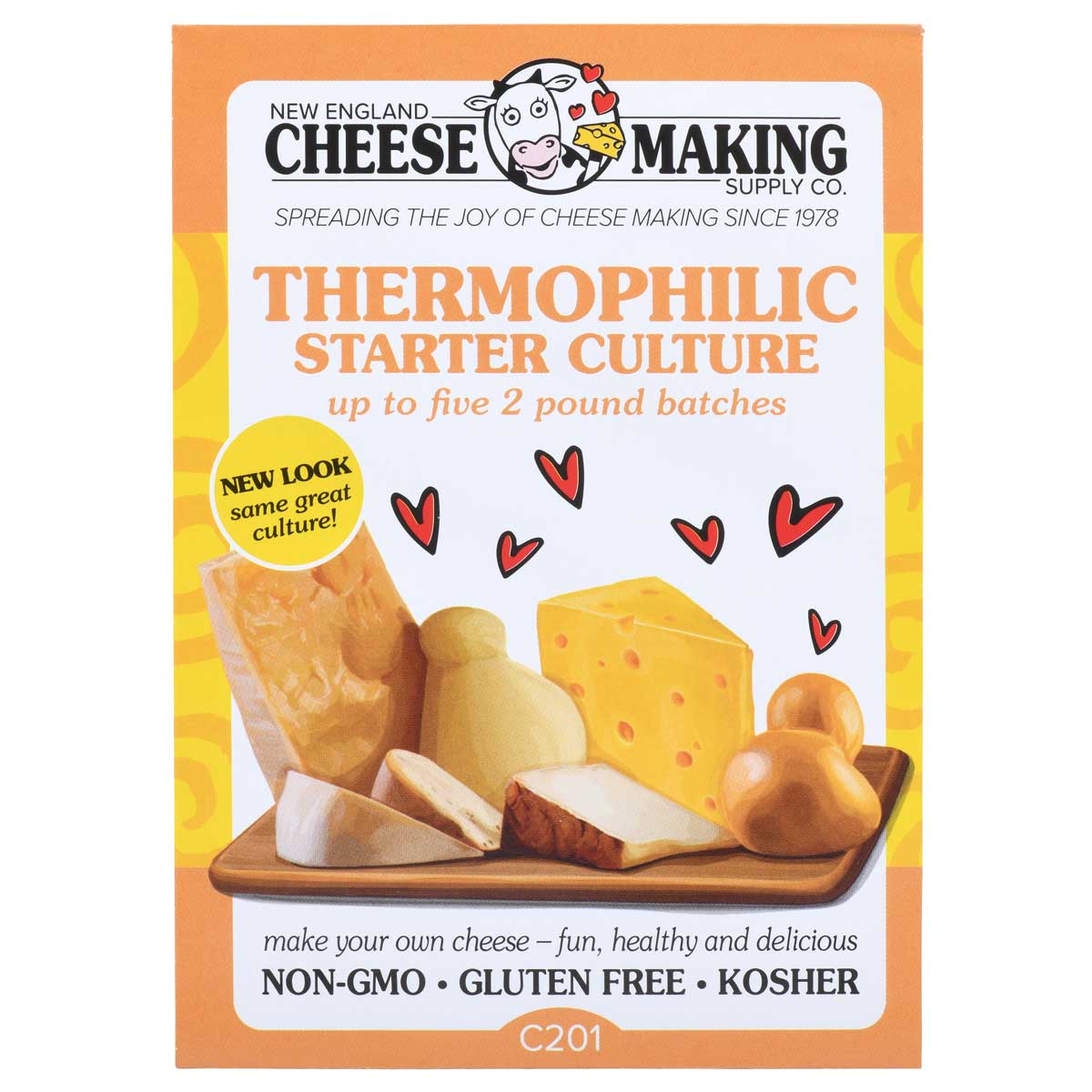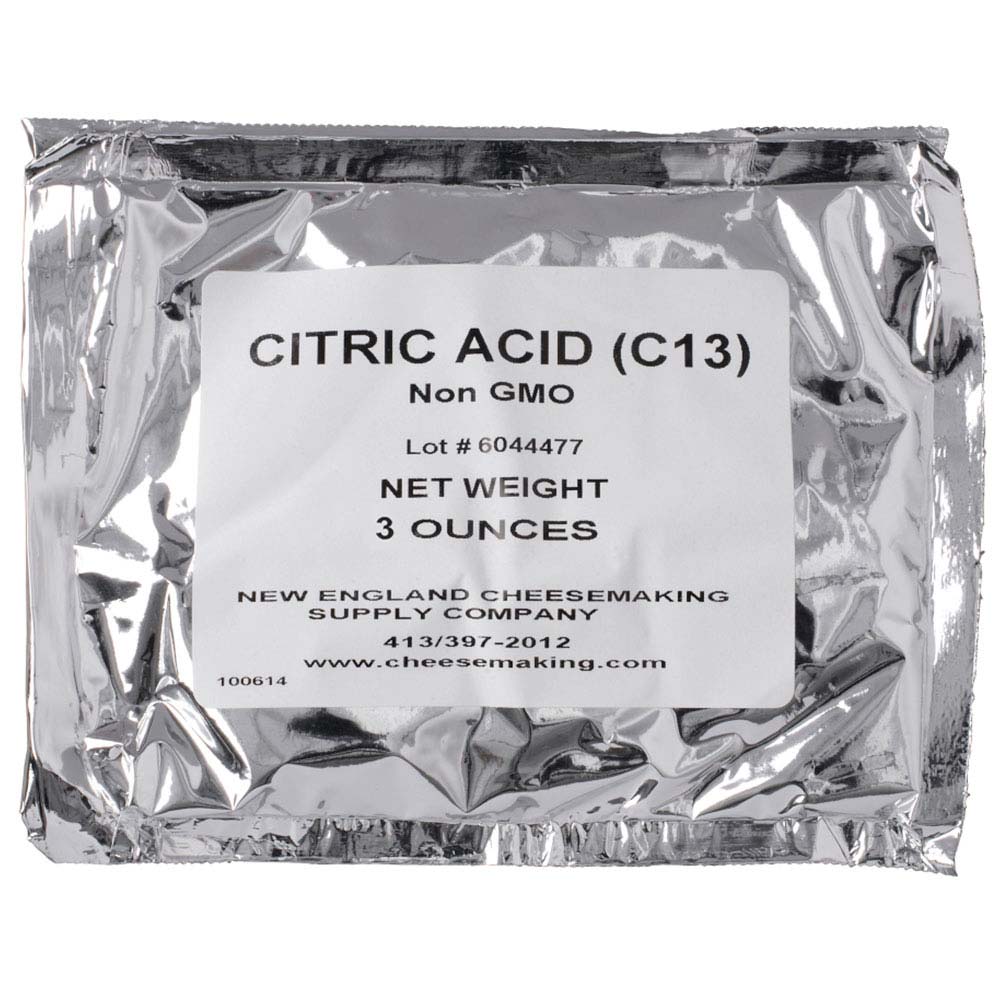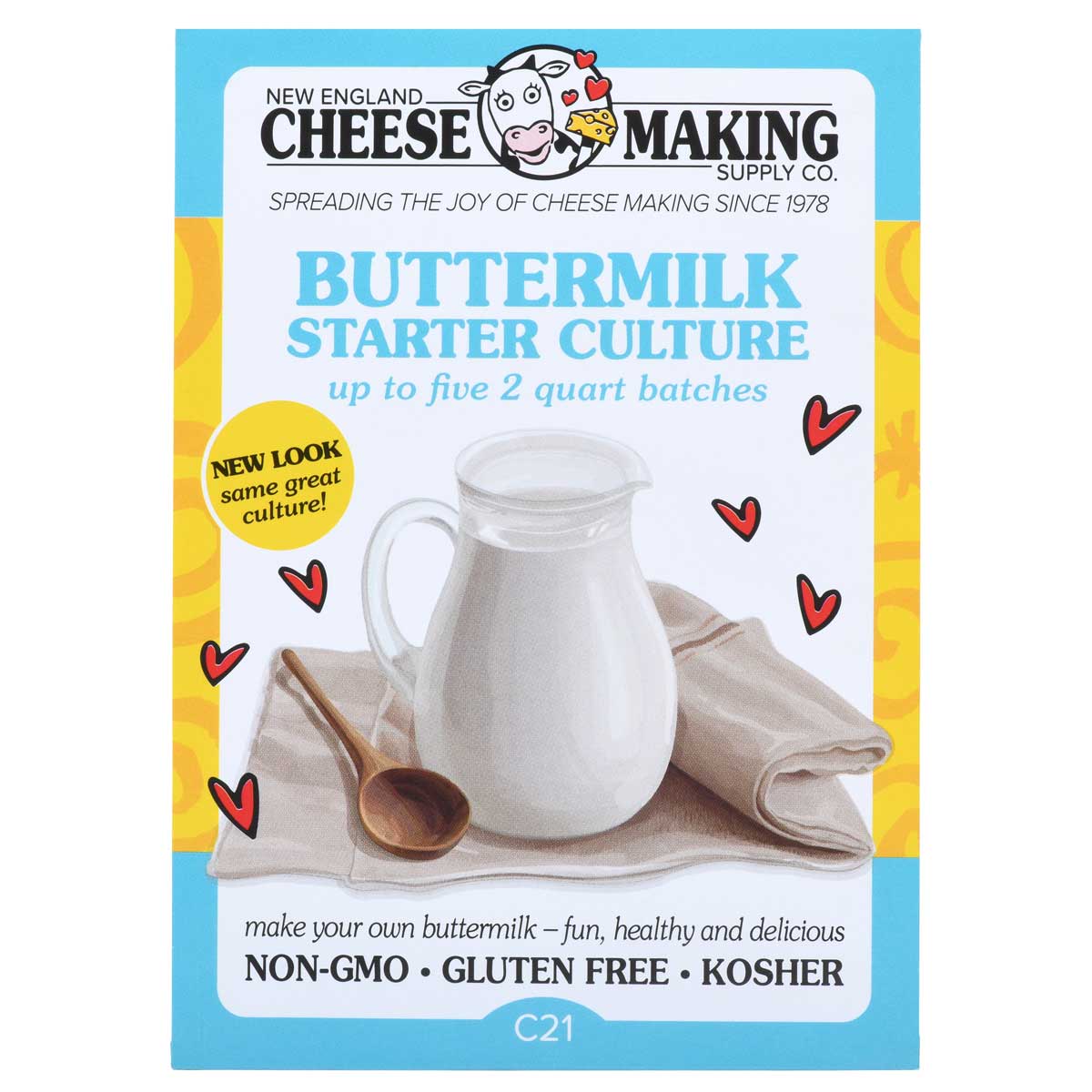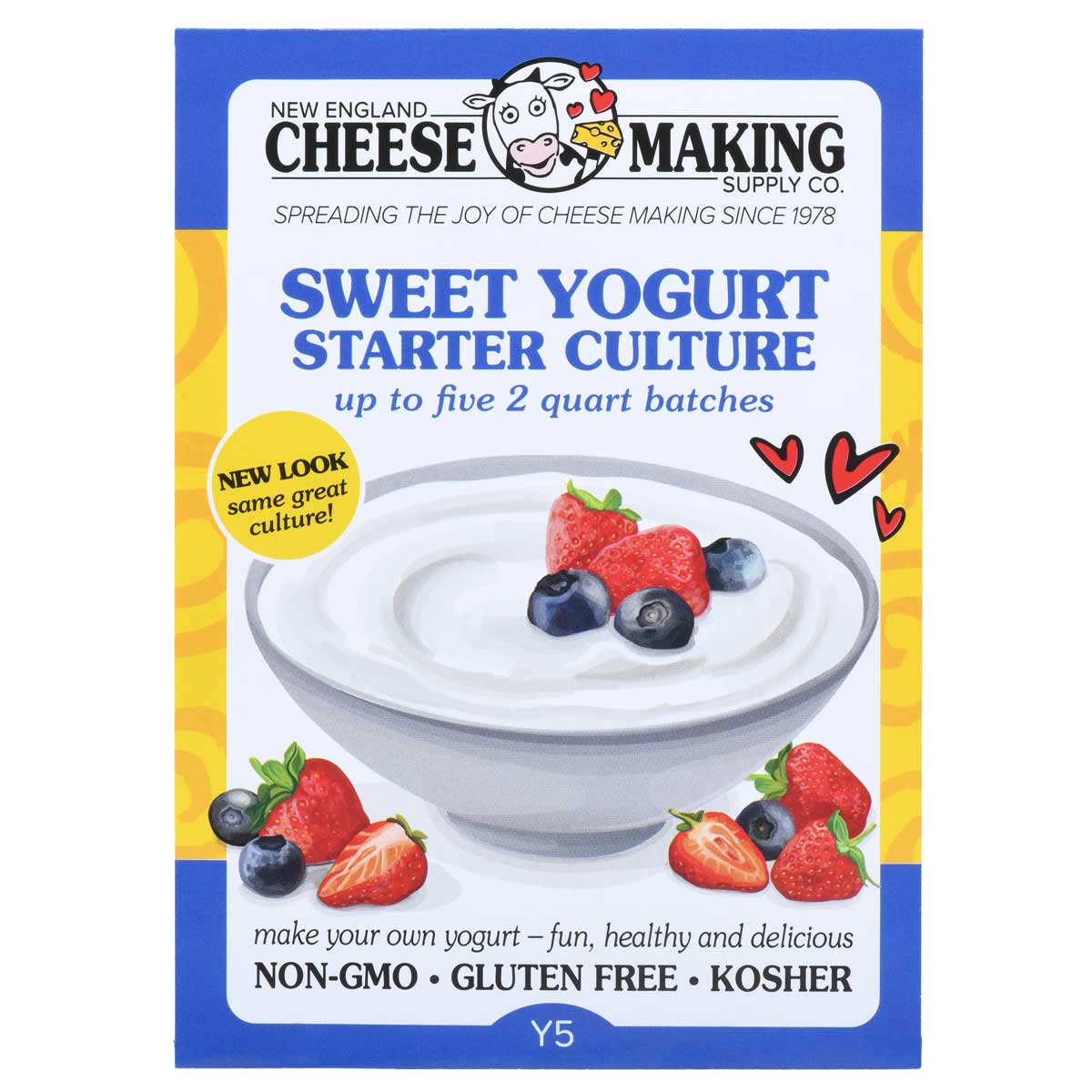For years we have been told of the benefits of milk.
- Milk builds strong bones
- A milk mustache is Cool
- Got Milk!
Then we started making cheese with milk, oh what a joy. Making and aging our own cheeses. One day things were not quite the same. What happened?
Well, the cows are still out there doing their thing, maybe not quite like in the days of Elsie but you can still find cows on grassy pasture. The changes we see are what we do to the milk after leaving the cow. It began as a simple heating of the milk thanks to Mr. Pasteur's science (perhaps a good thing at the time) and this didn't seem to cause a big problem. In recent years however, the large companies have stepped in and their premise has been that if a little heating of milk is a good thing then perhaps if we really heated the milk we could hold if for a long time on the shelf and ship it long distances. As it turns out, not such a great idea.
What we know about milk for cheese making
Milk is essentially a complex of almost 90% water, a lot of protein, some calcium, other minerals, and varying amounts of butterfat. It is these proteins in the milk that make our cheeses and it is the calcium that holds it all together. In a nutshell, this is all there in making cheese.
How has milk processing affected cheese making
Originally pasteurization was defined as heating the milk to 145F for 30 minutes (called vat pasteurizing today). Then science decided that heating to 161F for 16 seconds, HTST (High temperature short time) was better.
Either of these are currently the legal requirement of pasteurizing today. Both of these methods alter the milk structure somewhat but with the addition of calcium chloride can still make fine cheese.
Then the bright idea of Ultra Pasteurization (UP) came to be. This process is damaging enough to place the milk out of the cheese making picture. Fortunately this milk must be labeled by law so it is easy to avoid.
To give you an idea of where this is going:
Ultra-Pasteurization (UP) - Involves the heating of milk and cream to at least 280° F (138° C) for at least 2 seconds, but because of less stringent packaging, they must be refrigerated. The shelf life of milk is extended 60 to 90 days.
Single serve milks are packaged in aseptic tetrapaks and unopened will keep at room temperature up to seven months or until the date code. The milk is pasteurized using UHT or ultra-high temperature process which is similar to UP or ultra-pasteurization, in which the milk is heated to 280 F or greater for 2-3 seconds
Our current problem is milk in the pasteurized temperature range between traditional pasteurization and UP. Specifically for our 30 minute Mozzarella any milk heated over 172F will be problematic for cheese making and this has no labeling requirement. This now becomes the "grey zone milk".
The other factor in milk resources, often overlooked, is storage of milk. The longer milk is cold stored, the more its quality deteriorates. Calcium useable in cheesemaking begins to deteriorate in a short time. This is why most cheese makers using cold stored milk use Calcium Chloride. The other significant factor is cold temperature bacteria (psychrotropic) which begins to attack the proteins and break them down while still in the milk phase.
What makes these milks problematic
Going back to the proteins involved in making our cheese. There are 2 types of proteins to be concerned with, The main cheese proteins (Curd Proteins) that make our cheese and then another group of proteins (Whey Proteins) that normally run off with the whey and are not normally involved in the cheese making process.
When milk is heated above 172F these whey proteins become desabilized and enter into the cheese making process. If we are making Ricotta or Yogurt this is good because these proteins provide the structure for these products. However if we try to make a soft or hard cheese from this milk, these destabilized whey proteins remain and interfere with the bonding of the curd proteins by calcium resulting in a weak curd. This weak curd problem increases as the milk is heated to higher temps above normal pasteurization temps.
The two images below reprsent the curds from overly processed milk on the left and properly pasteurized milk on the right. Note how the curd firmness holds the shape on the right but disintegrates on the left.
How to work with this milk
For our 30 minute mozzarella recipe I have included a few specific pointers for working with those milks that are pasteurized slightly above the traditional 161F temps (161-172F). This should help the curds dry out and form together better
Begin with milk heated between 95-100F
If the initial curd is soft and jelly like it will easily break apart if handled or stirred too much.
- Is your curd firm enough to hold a knife cut following coagulation?
- If so cut into 1/2 - 3/4 inch squares with horizontal and vertical cuts (if not raise the temp another 5 degrees for your next batch).
- You will end up with long pieces of curd here then let it sit for 3-5 minutes.
Then begin to slowly heat to 105F while moving these long pieces of curd slowly around the pot. You can cut them into shorter pieces as you go with the spoon.
- The curd should begin to firm up now and there will be a lot more whey as you go.
- Keep this up for 5-10 minutes (or longer depending on milk quality) until the curds seem firm.
Let it all set for 2-3 minutes before pouring off the whey and transfer the remaining curds and whey. Try to gently fold these curds in the bowl to release more whey. Keep pouring off the whey as it develops until little whey develops.
Now you are ready to heat in the microwave and continue as per the recipe.
If the curd is not holding together at this point you will have to try another milk. This one will not work (it has probably been highly processed).
How to find a better milk
The best plan for finding good milk is to find a local dairy providing a milk that does not have to travel so far. This milk will need less processing. We currently are developing a listing of milks that are working for our customers. You will find it here. To really find out more about your milk, do not be shy about calling the people processing your milk and ask them the details. Also, note their location to get an idea of how long that milk was stored and how far it had to travel.
Why is this processing needed
According to several conversations with milk processors across the country during the past 2 years we have become aware of a tendency for regulating agencies to strongly suggest increasingingly higher pasteurization temperatures. This issue of higher pasteurizing temps and times seems to be an attempt to eliminate Johne's (pronounced yo-neez) disease (Mycobacterium .Paratuberculosis) from our milk supply. This disease has increased in recent years and seems to be most serious in the larger industrial herds.
The tendency has been to increase pasteurization temps to 174-180F plus and increase the hold times for this .
This is in spite of research done in Ireland and at Guelph Ontario showing that traditional vat pasteurization of 145F/30min totally eliminates the bacteria and that HTST pasteurization 163F/16secs shows small numbers in the milk. Further research is being done on holding at 163F but increasing the times. The research has also shown that exposing the milk to a higher temperature would not be a good option because a higher temperature could be detrimental to its nutritional value.
Rather than trying to force industrial dairies to clean up their act in order to improve the health of their herds, the FDA has put its support behind higher-temperature pasteurization.
Pasteurization should not be an excuse to produce dirty milk. In other words much of what is being done for milk processing today is based on bad science































